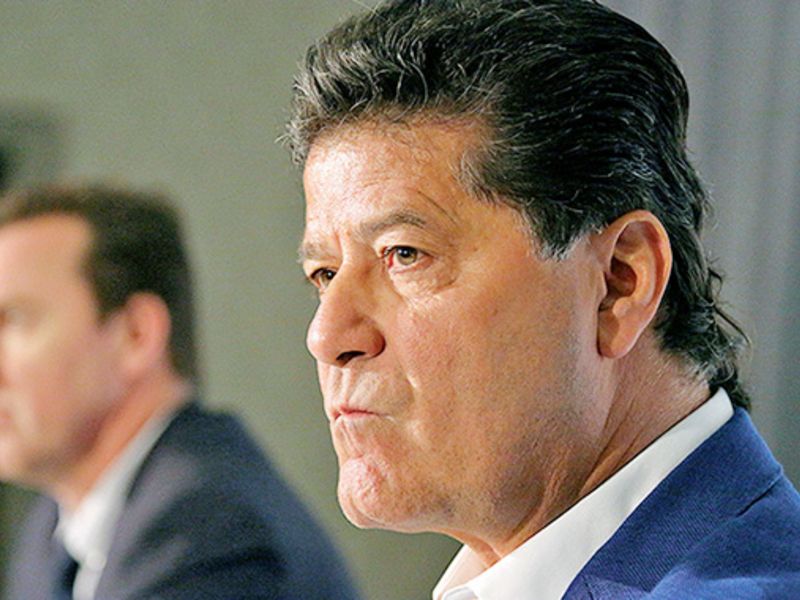
Unifor wants three-year contracts with the Detroit 3 instead of four-year ones, hoping that negotiating at the same time as the UAW will make it easier to attract major investments to Canada in the future.
“I’m sick and tired of playing catch-up,” Unifor President Jerry Dias said.
“When we go into bargaining with the Detroit 3, we’re always cognizant of the major investment announcements coming out of UAW bargaining.”
Unifor on Tuesday, Sept. 8, selected Ford Motor Co. as its target company, with the aim of patterning contracts with General Motors and Fiat Chrysler Automobiles after whatever deal it reaches with Ford.
The Canadian union represents about 17,000 auto workers under contracts with the Detroit automakers set to expire Monday, Sept. 21.
Unifor’s bargaining with the Detroit 3 comes a year after the UAW wrapped up its contentious talks, which included the longest national strike against GM in almost half a century. The relative timing has often worked to Unifor’s disadvantage when seeking investments as few products remain for allocation.
Should the automakers agree to the three-year contracts Dias is going after — as the union’s predecessor, the Canadian Auto Workers, negotiated before the bankruptcies of GM and Chrysler — Unifor and the UAW would instead negotiate for new production at the same time.
That would present its own risks for Unifor, such as allowing automakers to pit the unions against each other, said Kristin Dziczek, vice president of industry, labor and economics at the Center for Automotive Research in Ann Arbor, Mich.
“Going in simultaneously, it does create … more opportunity for whipsaw,” she said. “They can go to one bargaining table and say, ‘Well, this union is willing to give us X, Y and Z. What are you willing to give us?'” And the UAW, being the larger union, would generally have more leverage than Unifor, she said.
“I think it’s still going to be a struggle,” Dziczek said.
“There’s never a good time to be the little brother.”
Dias, in an interview with Automotive News Canada, dismissed concerns that pursuing a three-year contract this year could incentivize Ford to push off long-term product decisions until 2023.
The union wants to secure work for the Oakville, Ontario, plant, where production of the Ford Edge crossover is slated to end that year, according to AutoForecast Solutions.
“You need to solidify those investments today for years down the road,” Dias said. “That’s the way the industry works. Decisions aren’t made overnight.”
Despite the potential risks, moving to a three-year contract does provide opportunities for Unifor, Dziczek said.
“You don’t want to be locked into a contract that was negotiated in a down year when three years out the industry is healthier,” she said. “If the cupboard is a little bare this year, it’s not going to be three years from now.”
And as the industry looks to comply with the new United States-Mexico-Canada Agreement, many automakers are submitting alternative staging plans to the countries, another factor that could benefit Unifor, Dziczek said.
“They have to show the governments a five-year plan to come into compliance with the new trade agreement, including the investments they’re going to make to make that happen,” she said.
“We didn’t know what the requirements of alternative staging would exactly be. But it’s a little clearer this year than it was last fall, and that might be something that weighs in Canada’s favor a bit.”